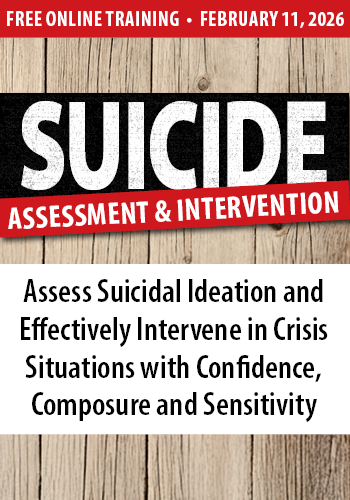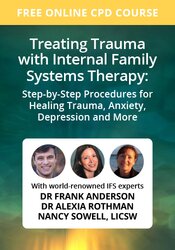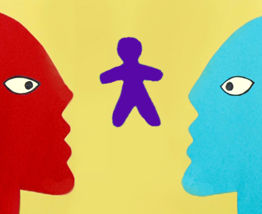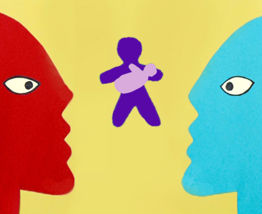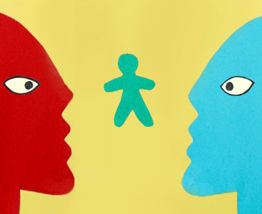Enrol in an online course today for flexible, self-paced learning—no fixed schedule required. Plus, enjoy lifetime access to course materials for convenient revisiting.
Advanced Integrative Therapy for Dissociative Identity Disorder 2/5: Working with the Body
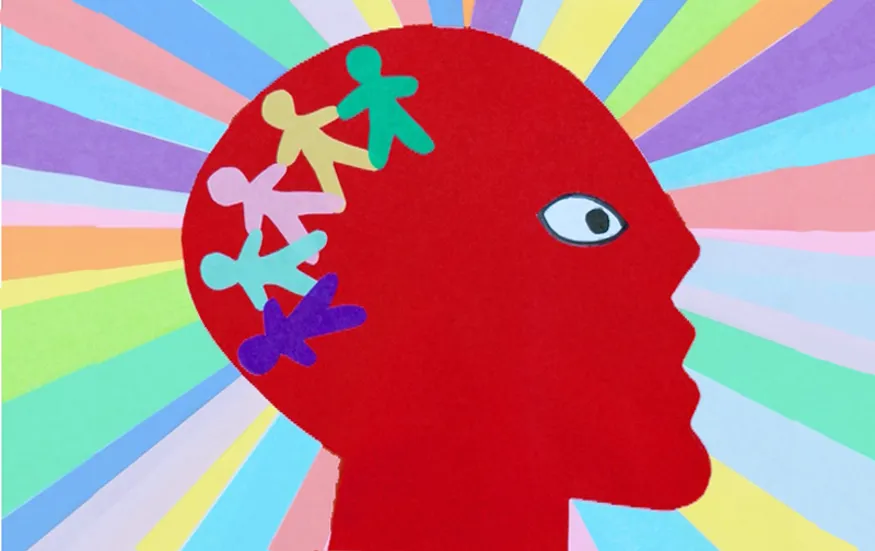
Image Credit: Gill Frost
Sometimes words alone aren’t enough when working with clients who have experienced extreme trauma. In such cases, the body also needs therapeutic attention if clients are to recover from past traumas. I discovered this whilst working with Vivian, a DID client of mine, who is the subject of my book, The Girls Within.
By means of talking therapy, Vivian and I had worked hard for years to try to relieve the symptoms of her overwhelming distress. In spite of this, she continued to self-harm by binge eating, excessive drinking and cutting, and she still felt suicidal. Added to this, terrifying nightmares constantly disturbed her sleep.
When a six-year-old part called Little Vivvi started coming out in our sessions, it became clear Vivian had DID. At this point I realised I needed to find a different way to help shift the deeply embodied traumas that Little Vivvi, and other alters, had been holding onto for so long. I was interested in a number of energy therapies but eventually chose to train in Advanced Integrative Therapy (AIT).
Although AIT is a powerful therapy, it works in gentle ways to clear blocked trauma from the body, mind and spirit. It is based on the premise that traumatic events and memories leave a charge in our energy and nervous systems and become triggered by experiences in the present. AIT aims to reduce and remove these charges.
I’m aware that AIT sounds like a weird treatment and it can be difficult to visualise how it works. Indeed, Vivian thought it was a very strange sounding therapy and initially had to suspend her disbelief.
The first vital step for the therapist is to help their client discover the traumas that underpin the presenting problems. It is not always necessary, or helpful, to go into great detail as this could be re-traumatising for the client. However, it is essential to formulate simple core phrases that encapsulate these experiences.
Then the client is encouraged to focus on, and say the words of a chosen significant phrase, as they place their fingers or hands on different energy centres of the body. These centres are the chakras associated with yogic tradition.
An important part of AIT treatment involves the use of muscle testing, which is derived from Kinesiology. This makes it possible to access information from the unconscious. The therapist applies pressure, with their hand, to the wrist of the client’s outstretched arm. This is done to ascertain whether the intended treatment phrase is best for the client, and in their highest interest. If the arm remains strong and outstretched this is considered a positive response from the client’s core self. However, if the arm goes weak and falls away this is seen as a negative reaction, alerting the therapist to reconsider the treatment phrase.
Muscle testing also allows the therapist to measure the levels of distress concerning the trauma being worked on, using a scale of zero to 10. Often it is a 10 at the outset but after several rounds of treatment the score usually reduces to a zero.
During the last six years of working with Vivian and her internal parts, we witnessed amazing transformation as embodied trauma was eliminated from her body and mind. Thanks to the power of this energy work, Vivian no longer self harms or has suicidal thoughts. Amazingly, she also sleeps soundly on a nightly basis because all parts of her have found peace. In fact, Vivian and I both came to believe that AIT had really saved her life.
I will be recounting the fascinating way in which Little Vivvi responded to AIT in my next blog.



